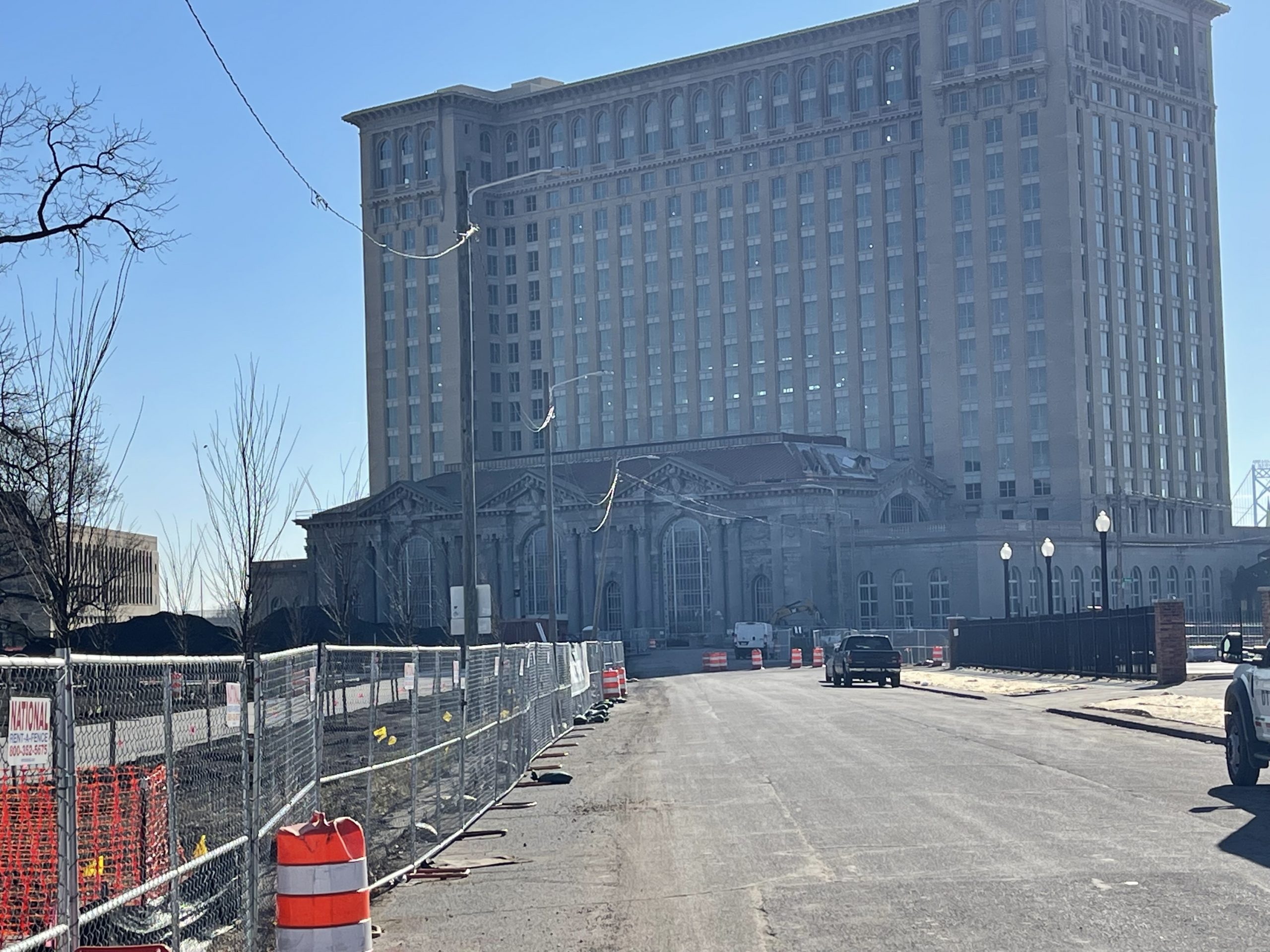You Can Go Home Again
- I was up in Metro Detroit over Thanksgiving and had an opportunity to drive around to see the continued progress there.
- COVID was tough on the City, but it has survived and is still thriving.
- There are a lot of interesting developments going on all over the City.
I hope everyone reading this had a fantastic Thanksgiving with family and friends. Its such a great time to relax and enjoy being with the folks you care about. And in my world, it was capped off by a FANTASTIC Michigan win over Ohio State. And even the Lions played well.
I did spend the holiday up in Michigan, which is where I am from. And when I got there on Tuesday, I had the opportunity to drive around Detroit and take stock of what changes have been made.
So this week I’m going to write a little about what is going on in Detroit since the last time I gave an update. And hopefully it will inspire you to take notice, go visit, or even invest.
COVID was Difficult in Detroit
One of COVID’s everlasting legacies (I think) is that, if you were not on good, firm, stable ground prior to COVID, the hard times brought about were especially daunting. And could cause a lot of entities to crumble.
Detroit is certainly on the road to recovery from a disastrous stretch in the 1970s, 80s, and 90s. There is a lot more activity downtown and people seem to be moving back to the City. But its certainly not as solidified as Central Texas, for example. As a result, COVID was very difficult and slowed Detroit’s renaissance.
This is purely anecdotal, but some business partners and I have an investment in a small apartment community in Detroit. During COVID, construction shut down for almost six months. And then when it came back, there was incredible demand for the contractors. As a result, it was extremely difficult to get any construction done in the City. And it was expensive.
But despite that, growth appears to be continuing. In 2022, average home prices went up about 38% from the previous year. In addition, since 2012, Metro Detroit saw the second-highest growth among peer cities for people between the ages of 24 and 35. So despite having some struggles with COVID, there are still big things happening in Detroit.
There are a Lot of New Developments in Detroit
And when a city has growth like Detroit has seen, new development is soon to follow. When I was driving around last week, I could not help but be impressed by the Wayne State University area, for example. WSU has approximately 23,000 students and has really seen growth and tremendous revitalization in the area.

In addition to the Wayne State area, here are a few more developments that are in the works:
- Detroit Central Station – As you can see, Ford has made considerable progress in its revitalization of the long dormant train station. It plans to open it in 2023.

- Fort Pontchatrain Hotel – The owners plan to build a second tower to the classic hotel.
- Fisher Body Plant – Investors are planning to turn the old car factory building into 200+ loft apartments with ground floor retail.
- 200 Walker Street – No list of new developments in Detroit can be complete without something from Dan Gilbert. His company recently bought this location and plans to turn it into a mixed use development.
- Motown Museum – Money has been raised to expand the Motown Museum and make it into more of a tourist attraction.

Obviously there are a lot more developments going on in Detroit. These are just a few of the highlights. There are a lot of good things happening there. And hopefully it will continue as Detroit continues to surge. And if you want to make a trip up there to check it out … first, wait until spring. Then give me a call and lets talk about it.



